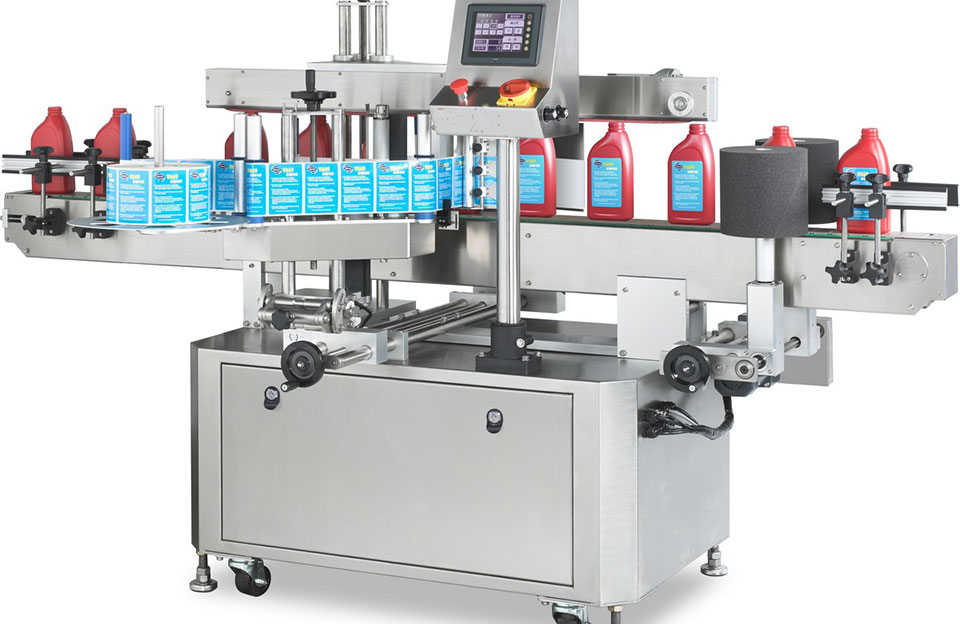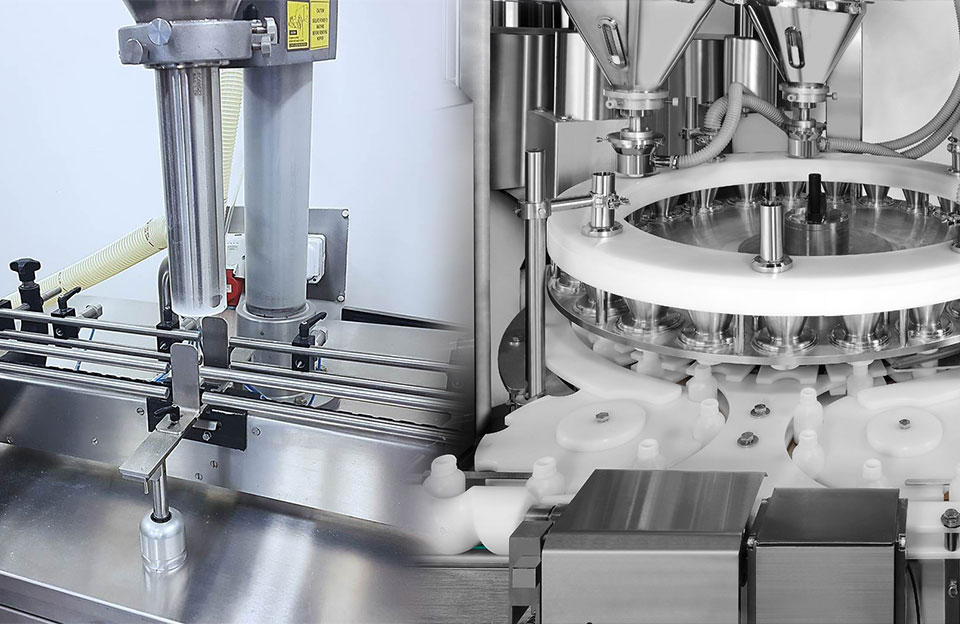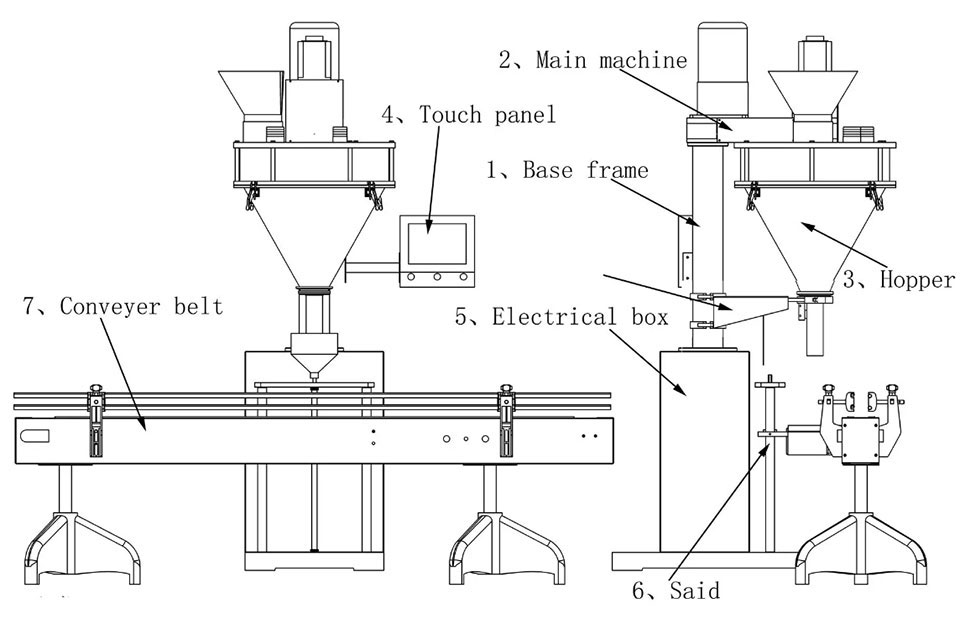Labeling machines are precision equipment with intricate parts and mechanisms. A proper storage environment helps prevent these components’ damage, wear, and corrosion, ensuring that the machine remains in good working condition.
By providing an appropriate storage environment, labeling machine can extend the lifespan, maximize the return on investment, and reduces the need for frequent replacements or repairs.
Harm of Unfavorable Storage Conditions for the Labeling Machine
Unfavorable storage conditions can have several harmful effects on a labeling machine. Labeling machines are complex equipment designed to efficiently apply labels to various products. Proper storage and maintenance are crucial for optimal performance and longevity. Here are some potential harm of unfavorable storage conditions to a labeling machine:
- Moisture Damage: Exposure to high humidity or direct water contact can lead to rust and corrosion on metal parts of the machine. Moisture can also damage electronic components and circuitry, leading to malfunctions and electrical hazards.
- Temperature Extremes: Extreme temperatures, both hot and cold, can cause the expansion and contraction of metal components, which may lead to misalignments and decreased accuracy in label application. Additionally, temperature fluctuations can affect the lubricants used in the machine, reducing their effectiveness and leading to increased friction and wear.
- Dust and Debris Accumulation: If the labeling machine is stored in a dusty environment or without proper covering, dust, and debris can accumulate on sensitive parts. This can hinder the machine’s smooth operation, clog sensors, and lead to inaccuracies in label placement.
- UV Exposure: If the labeling machine is stored in direct sunlight or under UV exposure, plastic components, and wiring may degrade over time. UV rays can lead to discoloration, embrittlement, and deterioration of materials.
- Pest Infestations: Storage conditions that attract pests such as rodents and insects can harm the machine. These pests may chew on cables and wires, leading to electrical issues and potentially damaging vital components.
- Mold and Mildew Growth: In damp or humid environments, mold and mildew can grow on the machine’s surfaces, including control panels and circuit boards. This can interfere with the machine’s functionality and pose health risks to operators.
- Lubrication Issues: Lubricants may dry out or degrade if the machine is stored for extended periods without proper preparation. This can increase friction, wear, and potential damage to moving parts.
- Electrical Issues: Unfavorable storage conditions can lead to electrical problems, such as short circuits or damaged connections. Electrical issues may cause the machine to malfunction or become a safety hazard.
What Environment is Conducive to the Storage of Labeling Machines?
Labeling machines should be stored in an environment that provides optimal conditions to preserve the machine’s functionality and prolong its lifespan. Here are some factors to consider for a conducive storage environment:
- Clean and Dry Location: Choose a storage area that is clean and free from dust, dirt, and other debris. A dry environment will help prevent moisture-related damage, such as rust and corrosion.
- Controlled Temperature: Maintain a stable temperature within the storage area. Avoid extreme temperature fluctuations, as they can lead to metal expansion and contraction, potentially causing misalignments and affecting the machine’s accuracy.
- Controlled Humidity: Keep the humidity levels within a reasonable range, typically between 40% to 60%. High humidity can lead to condensation and moisture-related issues, while very low humidity may cause some materials to become brittle.
- Protected from Sunlight and UV Exposure: Avoid storing the labeling machine in direct sunlight or areas with strong UV radiation. UV rays can degrade plastic components and wiring over time.
- Pest Control: Prevent pests from accessing the storage area. Pests like rodents and insects can cause damage to the machine’s components, cables, and wiring.
- Adequate Ventilation: Ensure proper ventilation to maintain air circulation within the storage space. This helps prevent the buildup of stale air and minimizes the risk of mold and mildew growth.
- Security: Store the labeling machine securely to protect it from potential theft or unauthorized access.
- Correct Positioning: If possible, store the labeling machine in its original packaging or cover it properly to shield it from dust and debris.
- Regular Maintenance: Before storing the machine for an extended period, perform thorough maintenance, such as cleaning, lubricating moving parts, and ensuring all components are in good condition.
- Follow Manufacturer’s Guidelines: Always refer to the manufacturer’s recommendations and guidelines for proper storage conditions specific to the labeling machine model.
Conclusion
A conducive storage environment for a labeling machine is crucial for ensuring its reliability, longevity, and optimal performance. By investing time and effort into proper storage and maintenance, businesses can avoid unnecessary expenses, maintain production efficiency, and uphold the quality of their products.


